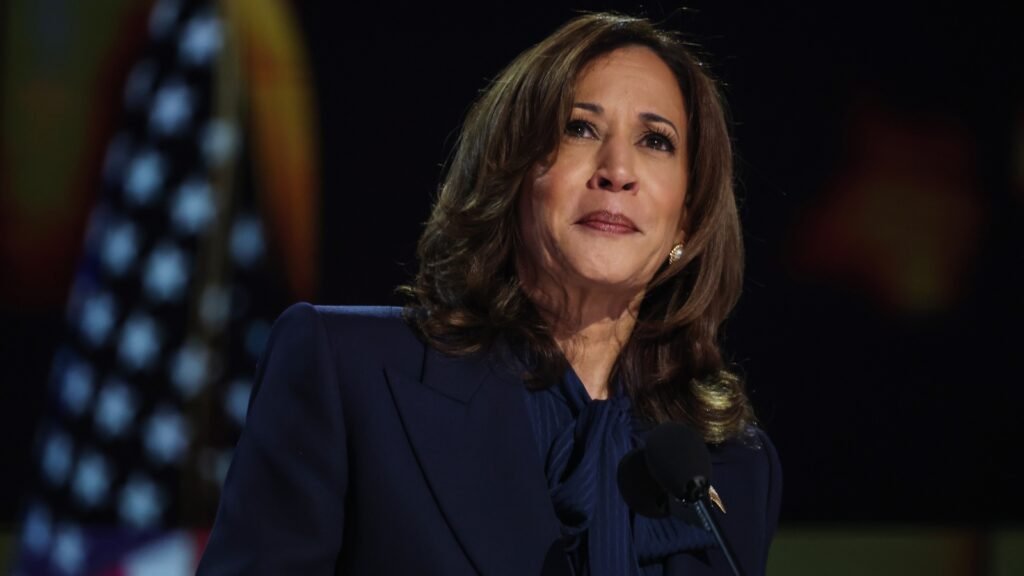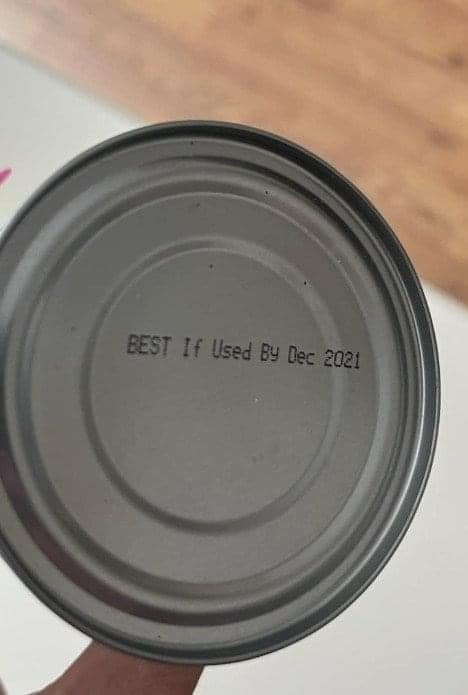
Nearly 40% of Americans are worried about being able to pay all of their bills on time, according to a survey released last week.
The current inflation rate during the Biden-Harris administration has surpassed that of the Great Recession of 2008-09. According to a CNN poll, 39% of Americans are worried about consistently paying their bills, which is a 33% increase from the peak of Bidenflation. The percentage of Americans worried about meeting their monthly obligations now is higher than the 37% during the 2008 crisis, when unemployment was nearly 10%.
While it has eased somewhat in recent months, it remains stubbornly high, raising the costs of food, gasoline, housing, and other basic amenities like utilities. Consumers are still trying to catch up to the price spikes of the last few years.
The Daily Signal, citing the survey, reported:
Still trying to catch up is an understatement. The gap between nominal wages and inflation-adjusted wages since 2021 is more than 20%. So, it looks like you’re making a lot more, but even accounting for official inflation, workers have lost thousands in income.
Of course, if official inflation is a lie, which seems likely, going by real-world prices from housing to restaurants and groceries, then workers have lost a lot more.
To illustrate, official inflation since COVID-19 is 21%, but fast-food menu prices—a standard finance proxy for true inflation—are up more than twice that, while housing costs have doubled since COVID-19, between rising house prices and rising mortgage rates.
If those real-world numbers are closer to true inflation, then workers have lost potentially thousands per month.
CNN reported that 35 percent of respondents, or more than one-third, have had to take on additional part-time work to make ends meet. This includes 44% of black Americans, 52% of Latinos, and nearly half of workers under age 45.
“That explains why jobs are rising on paper, yet the actual number of employed Americans is plunging—down 600,000 in the past eight months alone,” the Daily Signal added.
The survey also found that more than two-thirds of Americans are cutting back on their grocery spending, and almost half are driving less to save on gas. Additionally, 4 in 10 Americans are turning to credit cards to cover essential expenses like groceries and gas.
The Labor Department’s earlier this month released data revealed that employers only added 114,000 jobs in July, falling short of the 175,000 gain that LSEG economists had predicted.
The unemployment rate unexpectedly rose to 4.3% from 4.1%, contrary to expectations of it remaining stable.
“It marked the highest level for the jobless rate since October 2021,” Fox Business reported.
“Temperatures might be hot around the country, but there’s no summer heatwave for the job market,” Becky Frankiewicz, president of ManPowerGroup North America, told Fox Business. “With across-the-board cooling, we have lost most of the gains we saw from the first quarter of the year.”
The recent Labor Department report provides further evidence that the economy is weakening due to persistent inflation and high interest rates. As a result, stock futures plummeted for a time earlier this month, sparking renewed concerns about an impending recession. Last week, Dow futures dropped by more than 500 points.
The rise in unemployment caused the Sahm Rule to come into effect. This rule is used to give an early signal of a recession. According to the rule, a recession is likely when the three-month average of the unemployment rate is at least 0.5% higher than the lowest rate in the past 12 months.
Over the last three months, the average unemployment rate has been 4.13%, marking a 0.63 percentage point increase from the 3.5% rate recorded in July 2023. The Sahm Rule has accurately predicted every recession since 1970, according to Fox Business.


